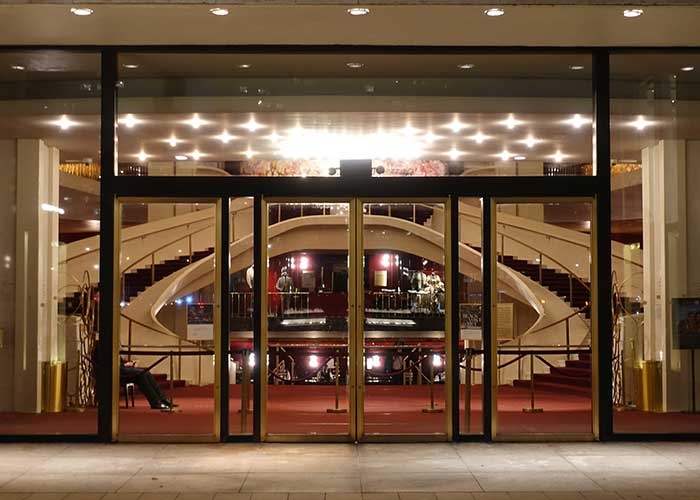The Wizard Behind the Curtain: Alumnus Cameron Whitehorne
- News & Events
- News
- The Wizard Behind the Curtain: Alumnus Cameron Whitehorne
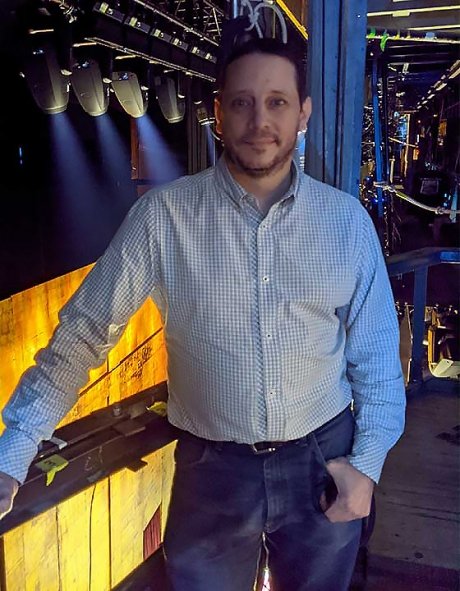
As head of Production Engineering for the Met, Cam Whitehorne ’02 combines technical expertise with innovation, artistry and creativity to bring productions to life.
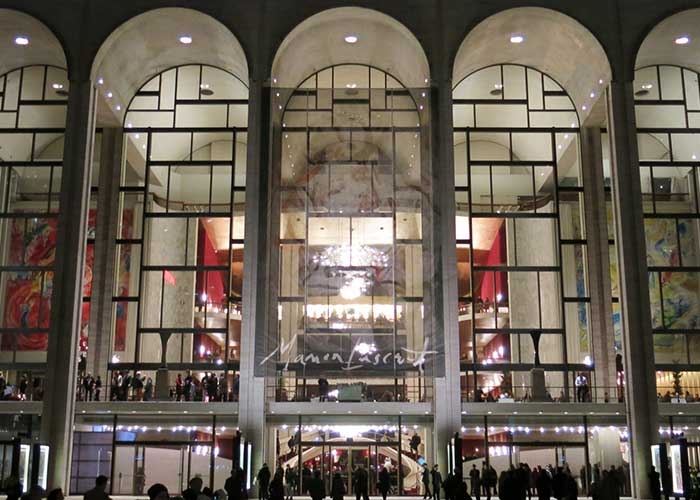
Take a look at this two-minute opening scene of “Les Pêcheurs de Perles” (“The Pearl Fishers”) by the Metropolitan Opera. Three performers dive deep into the ocean in search of pearls. The top of the proscenium, which is about 50 or 60 feet tall, is meant to be the surface of the water.
But look again. There is no water. It’s an illusion created by screens, lighting, cables and good choreography.
One of the master minds behind this feat of engineering is Cameron Whitehorne ’02, a design/technical theatre major, who is now head of Production Engineering at the Met.
Whitehorne’s job involves working with the set designer and director to design automated electrical, mechanical and hydraulic systems that can make set pieces move, scenery fly, stages rotate, etc.
“The opening scene of ‘The Pearl Fishers’ is one of the best special effects I’ve ever done,” he says, “and one of the most technically intensive productions I’ve ever worked on.”
To achieve the illusion of swimming, cables were hooked to the performers’ hips which were then attached to a machine that is able to lift and pull their bodies according to programmed choreography.
Whitehorne also collaborated with the Lighting and Video Departments to create the illusion of water and with the Costume Department who selected fabrics that billow and flow. The results are unbelievable, but then again Whitehorne has spent the past 10 years creating this kind of wizardry.
“My job is to create whatever the director and set designer dream up,” he says.
And they have quite a huge dream space to work with.
“Because we do grand operas, our sets are massive,” he says. “They’re double or triple the size of a Broadway show, and our house is four or five times the size of a Broadway house.”
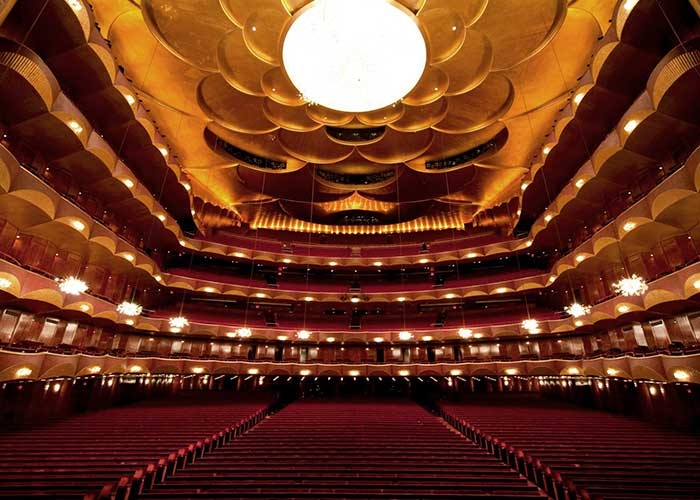
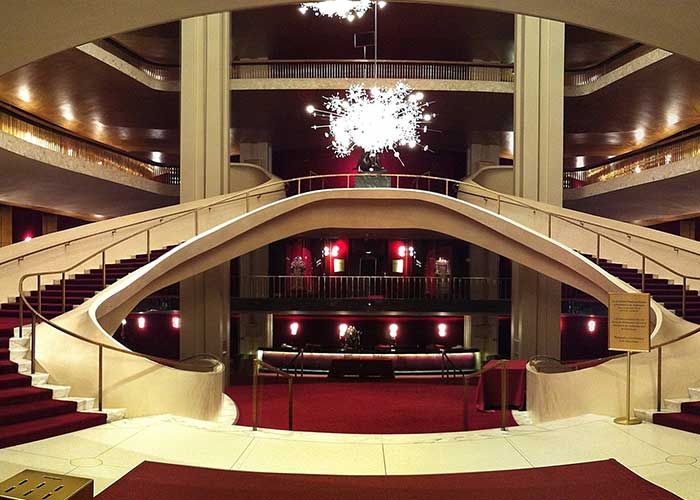
Day-to-day operations for Whitehorne include checking to making sure everything is rigged properly before a show, trouble shooting technical problems and designing shows scheduled for the next five years. With 26 productions a year, that’s about 130 shows on Whitehorne’s whiteboard.
When asked what he loves most about his work, he says, “If you had asked me that 10 years ago, I would have said building the cool thing, designing the cool mechanical effect or electronic device. What excites me now is building a team that works well together.”
His advice for RIC technical theater majors? Take as many math and science courses as you can. Also, gain real-world experience. Whitehorne did. He worked for the Trinity Repertory Company in his senior year.
“That’s where I got the bug for automation engineering,” he says. “And Professor Chris Abernathy, RIC’s technical theater director, encouraged that interest. We did a lot of automation at the college level. It was great because Chris and Alan Pickart, the scene designer, really gave me the freedom to run with my ideas and to take on a leadership role.”
After graduation, Whitehorne was hired by Trinity Rep. He also worked for a year as an adjunct at RIC. He went on to earn an M.F.A. degree in stage automation at the North Carolina School of the Arts and was recruited from that school by Hudson Scenic Studio, one of the three largest scenic companies on Broadway. For four years, Whitehorne worked on almost 100 Broadway productions before moving to the Met.
When you’re in New York, and if opera’s your thing, try and check out a production. There’s magic behind these doors.
